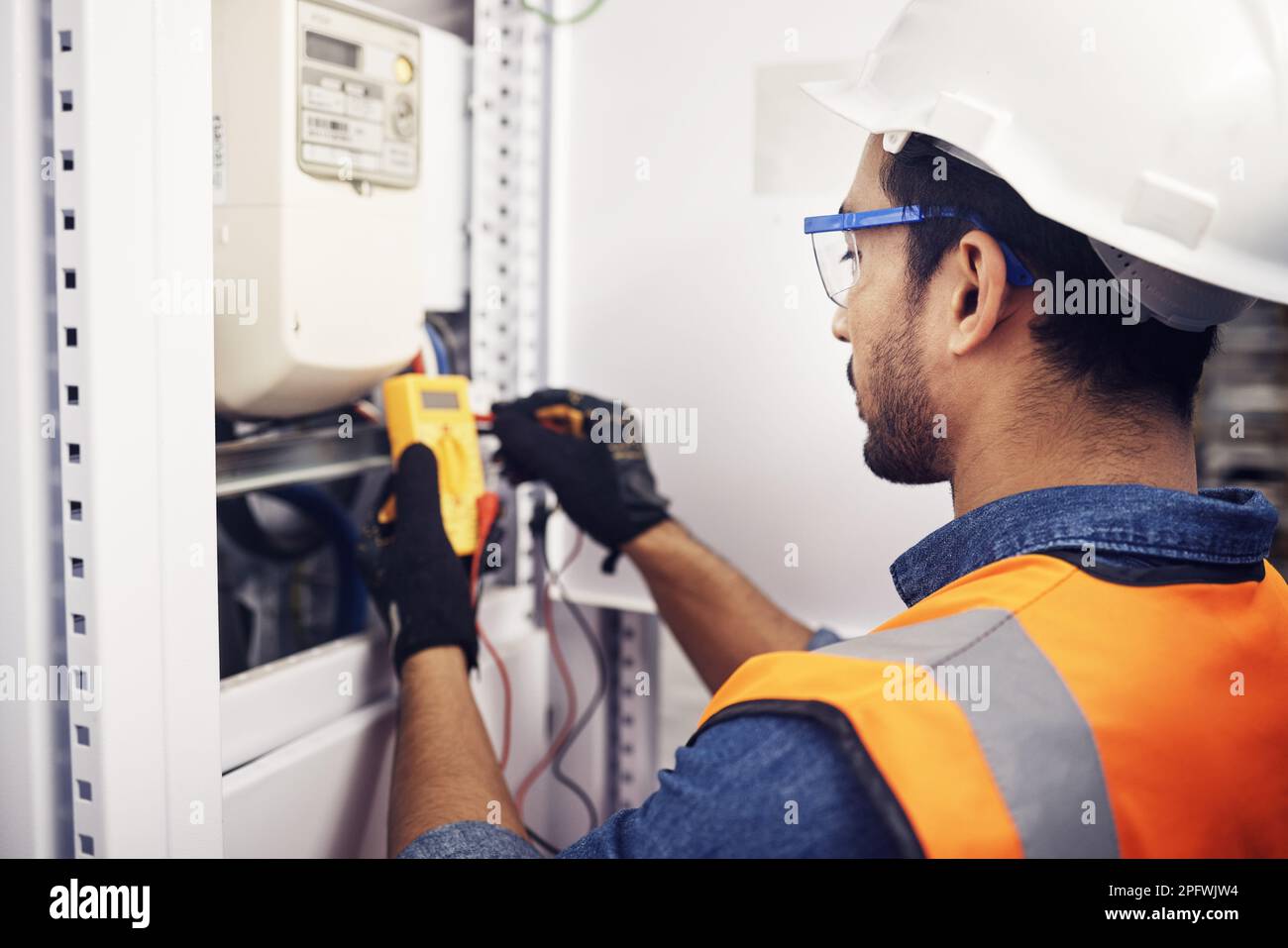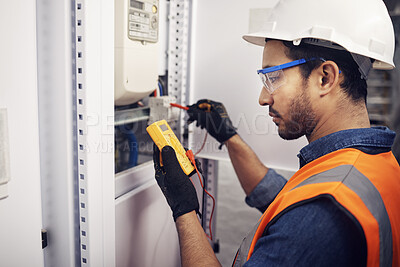Does your home need an energy audit? Signs it’s time for energy testing north carolina
Does your home need an energy audit? Signs it’s time for energy testing north carolina
Blog Article
Exactly How Power Testing Can Lead to Much More Lasting Living Solutions
Power testing is an essential tool for advertising sustainable living. It discovers inadequacies in energy usage within homes. Approaches such as power audits and thermal imaging provide beneficial understandings. Property owners can recognize locations needing improvement, from insulation to devices. Dealing with these inefficiencies can cause considerable energy financial savings. Lots of continue to be unaware of the complete potential of these techniques. What actions can people take to boost their homes and add to a more lasting future?
Recognizing Energy Screening and Its Value

Typical Approaches of Energy Testing
There are a number of typical methods of power screening that property owners can use to analyze their energy efficiency (energy testing). One commonly used strategy is the blower door test, which gauges the air leak in a home. By pressurizing the structure, it determines breezy areas that may call for sealing. Another approach is thermal imaging, where infrared cams spot temperature level variants in walls, windows, and ceilings, highlighting insulation issues.Energy audits are likewise prominent, involving a thorough assessment of a home's energy use, frequently conducted by a specialist. These audits may include assessing home heating and cooling systems, devices, and overall power consumption patterns. Additionally, clever power meters can provide real-time data on energy use, assisting home owners recognize their intake routines. Together, these techniques offer beneficial insights, allowing house owners to make enlightened choices regarding improving their energy efficiency and promoting lasting living techniques
Identifying Power Inefficiencies in your house
Identifying energy inadequacies in a home is crucial for house owners intending to decrease energy intake and lower utility bills. Common locations to examine include insulation, windows, and home appliances. Poor insulation can lead to significant warm loss in winter months and undesirable warm gain in summertime, making heating and air conditioning systems function harder. Breezy windows add similarly, permitting conditioned air to escape and enhancing power demand.Additionally, outdated devices frequently take in much more energy than their modern counterparts, better intensifying inadequacy. House owners should likewise think about the lighting system, as incandescent light bulbs utilize even more energy compared to LED options.Regular maintenance of HVAC systems is vital, as neglect can cause decreased performance. By methodically assessing these aspects of a home, property owners can identify locations requiring renovation. Addressing these ineffectiveness not just enhances comfort but also adds to a much more lasting way of living by reducing energy waste.
The Role of Energy Audits in Sustainability
Power audits play a vital duty in promoting sustainability by providing homeowners with an extensive evaluation of their energy use. These analyses determine locations where energy is thrown away, enabling people to understand their usage patterns and make informed choices for enhancement. By revealing inefficiencies in home heating, air conditioning, insulation, and home appliances, energy audits function as an important tool for minimizing total energy demand.Furthermore, they promote the implementation of energy-saving measures, such as updating insulation or installing energy-efficient lights, which can substantially decrease energy bills and minimize carbon impacts. The understandings acquired from an energy audit encourage house owners to focus on sustainability in their living environments. As more homes engage in this process, the cumulative influence adds to more comprehensive environmental goals, promoting a society of energy awareness and obligation. Ultimately, power audits are foundational to advancing lasting living options, profiting both specific home owners and the atmosphere at large.
Ingenious Technologies for Energy Efficiency
As homeowners significantly look for to enhance their energy effectiveness, ingenious innovations are emerging to support these undertakings. Smart home systems, outfitted with sensing units and automation, allow house owners to keep track of and manage power usage in real-time. These systems can change heating, lights, and cooling based upon tenancy, thereby reducing waste.In addition, improvements in energy-efficient home appliances have made significant strides. Instruments such as ENERGY STAR-rated refrigerators and washing makers take in less energy while offering suitable efficiency. Furthermore, the integration of sustainable energy resources, like solar panels and wind generators, allows homeowners to produce their very own power, lowering dependence on nonrenewable resources.Building products have also progressed, with alternatives like protected concrete types and energy-efficient windows adding to lowered power loss. With each other, these innovative innovations not just improve energy effectiveness yet likewise promote a more lasting living environment, empowering home owners to make impactful choices in their energy intake practices.
Long-Term Conveniences of Sustainable Living
While numerous might see sustainable living as a trend, helpful hints its lasting advantages extend far past mere lifestyle selections. Accepting lasting methods leads to substantial reductions in carbon footprints, adding to a much healthier world. By decreasing source usage and prioritizing eco-friendly power, individuals and communities can experience reduced energy costs. This financial relief can boost financial security in time, permitting reinvestment in various other crucial areas.Furthermore, lasting living cultivates more powerful neighborhood ties as individuals team up on local initiatives, advertising social cohesion. Wellness advantages additionally arise, as reduced pollution and increased eco-friendly areas improve air high quality and general wellness. Furthermore, future generations will inherit a much more sustainable atmosphere, guaranteeing the schedule of natural resources and biodiversity. Inevitably, the long-lasting advantages of lasting living encompass environmental, economic, and social dimensions, providing a compelling instance for people to embrace and preserve these methods for the higher good.
Steps to Implement Energy-Saving Solutions
Executing energy-saving options starts with an extensive assessment of energy usage patterns to identify areas for improvement. As soon as these patterns are comprehended, people can determine energy-efficient upgrades that straighten with their requirements. Continual surveillance and adjustments to power usage assurance that these solutions stay reliable over time.
Examine Power Usage Patterns

Examining energy consumption patterns is a vital step toward determining efficient energy-saving solutions. By systematically tracking usage across different times and organizations, individuals and appliances can pinpoint areas of excessive consumption. This analysis can expose peak usage periods, making it possible for a better understanding of when energy demands are highest possible. Furthermore, analyzing patterns permits contrasts in between comparable devices, highlighting those that operate much less effectively. Information collection methods, such as smart meters and power audits, supply valuable insights right into total power use. In addition, determining fads over time can assist in identifying seasonal variants and shifts in intake routines. This fundamental understanding is vital for establishing targeted strategies that advertise sustainable living and minimize general power expense.
Determine Energy-saving Upgrades
To effectively implement energy-saving remedies, identifying energy-efficient upgrades is crucial for both house owners and services. This process starts with an extensive analysis of existing systems, consisting of a/c systems, insulation, and appliances. Upgrades may include setting up power STAR-rated home appliances, enhancing insulation, and making use of energy-efficient windows. In addition, implementing wise thermostats can enhance heating and cooling routines, reducing energy consumption. Moving to LED lighting is another reliable action, as it consumes substantially much less power than traditional light bulbs. Furthermore, checking out renewable resource options, such as photovoltaic panels, can provide long-term cost savings. Eventually, focusing on these upgrades not just adds to reduced energy prices however also cultivates a commitment to sustainability, profiting both the environment and future generations.
Monitor and Change Use
Tracking and changing energy usage is critical for taking full advantage of the advantages of energy-saving solutions. Regularly examining power usage patterns permits individuals and businesses to identify locations for enhancement. By using clever meters and power monitoring systems, users can track real-time use and find any abnormalities that might indicate inefficiencies.Adjusting actions, such as shutting off lights and disconnecting extra tools, even more enhances power savings. Additionally, scheduling appliances to operate during off-peak hours can greatly reduce costs.Conducting regular energy audits warranties that implemented remedies remain reliable in time. By actively involving in tracking and readjusting methods, individuals can optimize their energy performance, add to sustainability initiatives, and eventually reduce their ecological impact.
Often Asked Questions
Just how Much Does an Energy Audit Commonly Cost?

Can Power Screening Aid Reduce Utility Expenses?
Energy screening can significantly minimize energy costs by determining inadequacies in a home's power use. By attending to these problems, homeowners typically experience reduced intake and expenses, resulting in more economical power monitoring and boosted financial cost savings.
What Certifications Should an Energy Auditor Have?
A power auditor should have relevant qualifications, such as RESNET or BPI, along with experience in building sciences. energy testing taylors sc. Strong analytical abilities and knowledge of energy effectiveness methods are important for performing exact evaluations and giving efficient recommendations
Exist Federal Government Rewards for Power Efficiency Upgrades?
Federal government incentives for power effectiveness upgrades usually exist, consisting of tax discounts, credits, and gives. These programs aim to encourage businesses and house owners to buy energy-saving modern technologies, ultimately advertising home ecological sustainability and minimizing general power consumption.
Exactly how Often Should I Conduct Power Testing in My Home?
Power testing need to ideally be carried out each year to recognize inadequacies. However, homeowners might consider more constant assessments after significant remodellings, changes in energy costs, or if unusual drafts or temperature variations are noticed within the home. Energy testing enables the assessment of just how well a home uses energy, determining areas where waste occurs. Determining energy ineffectiveness in a home is necessary for property owners intending to lower power usage and reduced utility bills. Power audits play a necessary function in promoting sustainability by offering homeowners with an extensive evaluation of their energy use. By exposing inefficiencies in home heating, cooling, insulation, and devices, power audits serve as an essential tool for lowering overall power demand.Furthermore, they help with the implementation of energy-saving measures, such as updating insulation or setting up energy-efficient illumination, which can substantially lower energy costs and decrease carbon impacts. Power screening can noticeably reduce utility expenses by determining inadequacies in a home's power use.
Report this page